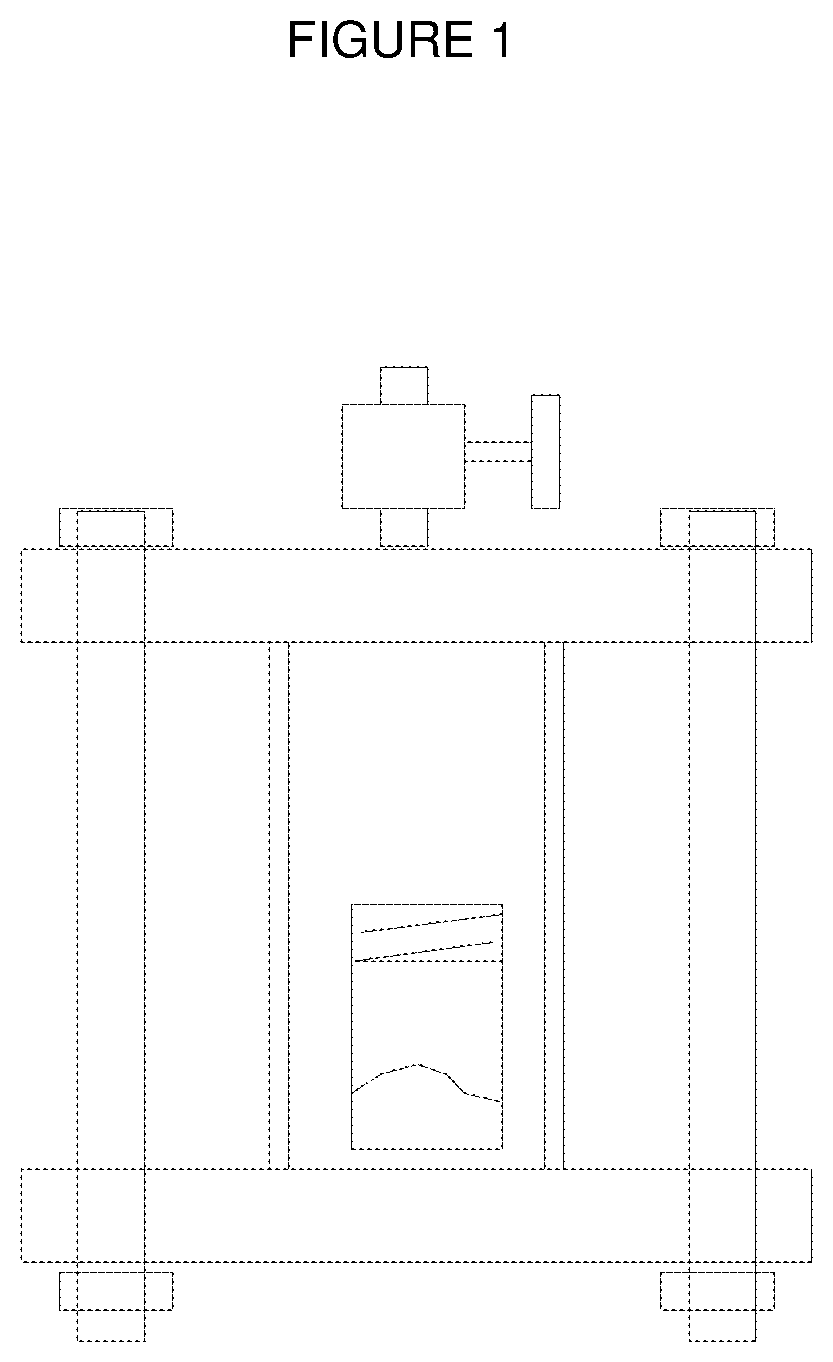Compositions and methods comprising vinylidene fluoride
a technology of vinylidene fluoride and compositions, applied in the field of compositions and methods, can solve problems such as difficulty in achieving the combination of properties and/or characteristics, and achieve the effects of low toxicity, low or non-flammability, and chemical stability
- Summary
- Abstract
- Description
- Claims
- Application Information
AI Technical Summary
Benefits of technology
Problems solved by technology
Method used
Image
Examples
example 1
[0106]The coefficient of performance (COP) is a universally accepted measure of refrigerant performance, especially useful in representing the relative thermodynamic efficiency of a refrigerant in a specific heating or cooling cycle involving evaporation or condensation of the refrigerant. In refrigeration engineering, this term expresses the ratio of useful refrigeration to the energy applied by the compressor in compressing the vapor. The capacity of a refrigerant represents the amount of cooling or heating it provides and provides some measure of the capability of a compressor to pump quantities of heat for a given volumetric flow rate of refrigerant. In other words, given a specific compressor, a refrigerant with a higher capacity will deliver more cooling or heating power. One means for estimating COP of a refrigerant at specific operating conditions is from the thermodynamic properties of the refrigerant using standard refrigeration cycle analysis techniques (see for example, ...
example 2
am
[0108]This example illustrates the use of blowing agents in accordance with preferred embodiments of the present invention, namely the use of vinylidene fluoride (CH2═CF2) for the production of polyol foams in accordance with the present invention. The components of a polyol foam formulation are prepared in accordance with the following Table:
TABLEPBWPolyol ComponentVoranol 49050Voranol 39150Water0.5B-8462 (surfactant)2.0Polycat 80.3Polycat 413.0vinylidene fluoride35Total140.8IsocyanateM-20S123.8 Index 1.10*Voranol 490 is a sucrose-based polyol and Voranol 391 is a toluene diamine-based polyol, and each are from Dow Chemical. B-8462 is a surfactant available from Degussa-Goldschmidt. Polycat catalysts are tertiary amine-based and are available from Air Products. Isocyanate M-20S is a product of Bayer LLC.
[0109]The foam is prepared by first mixing the ingredients thereof, but without the addition of blowing agent. Two Fisher-Porter tubes are each filled with about 52.6 grams of the...
example 3
e Foam
[0110]This example illustrates the use of blowing agent, namely the use of vinylidene fluoride (CH2═CF2) as a blowing agent for the production of polystyrene foam. A testing apparatus and protocol has been established as an aid to determining whether a specific blowing agent and polymer are capable of producing a foam and the quality of the foam. Ground polymer (Dow Polystyrene 685D) and blowing agent consisting essentially of vinylidene fluoride (CH2═CF2) are combined in a vessel. A sketch of the vessel is illustrated in FIG. 1. The vessel volume is 200 cm3 and it is made from two pipe flanges and a section of 2-inch diameter schedule 40 stainless steel pipe 4 inches long. The vessel is placed in an oven, with temperature set at from about 190° F. to about 285° F., preferably for polystyrene at 265° F., and remains there until temperature equilibrium is reached. The pressure in the vessel is then released, quickly producing a foamed polymer. The blowing agent plasticizes the ...
PUM
| Property | Measurement | Unit |
|---|---|---|
| GWP | aaaaa | aaaaa |
| GWP | aaaaa | aaaaa |
| Ozone Depletion Potential | aaaaa | aaaaa |
Abstract
Description
Claims
Application Information
 Login to View More
Login to View More - R&D
- Intellectual Property
- Life Sciences
- Materials
- Tech Scout
- Unparalleled Data Quality
- Higher Quality Content
- 60% Fewer Hallucinations
Browse by: Latest US Patents, China's latest patents, Technical Efficacy Thesaurus, Application Domain, Technology Topic, Popular Technical Reports.
© 2025 PatSnap. All rights reserved.Legal|Privacy policy|Modern Slavery Act Transparency Statement|Sitemap|About US| Contact US: help@patsnap.com

